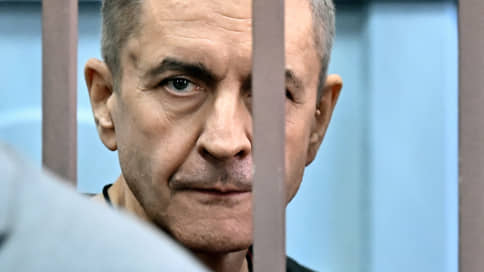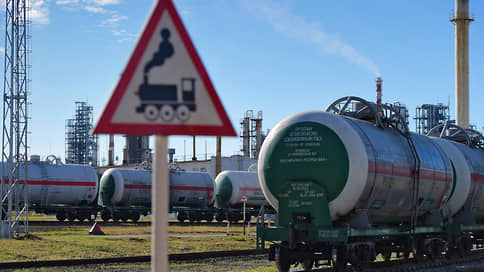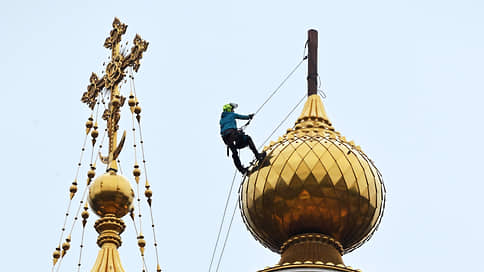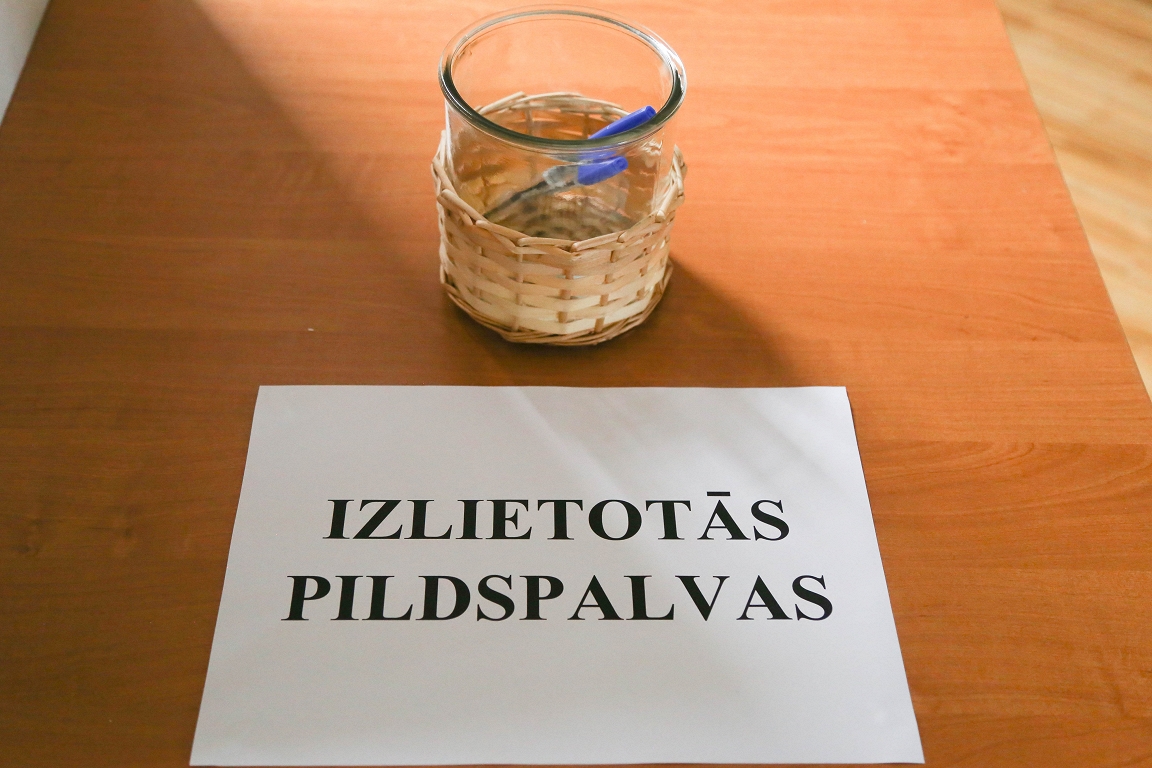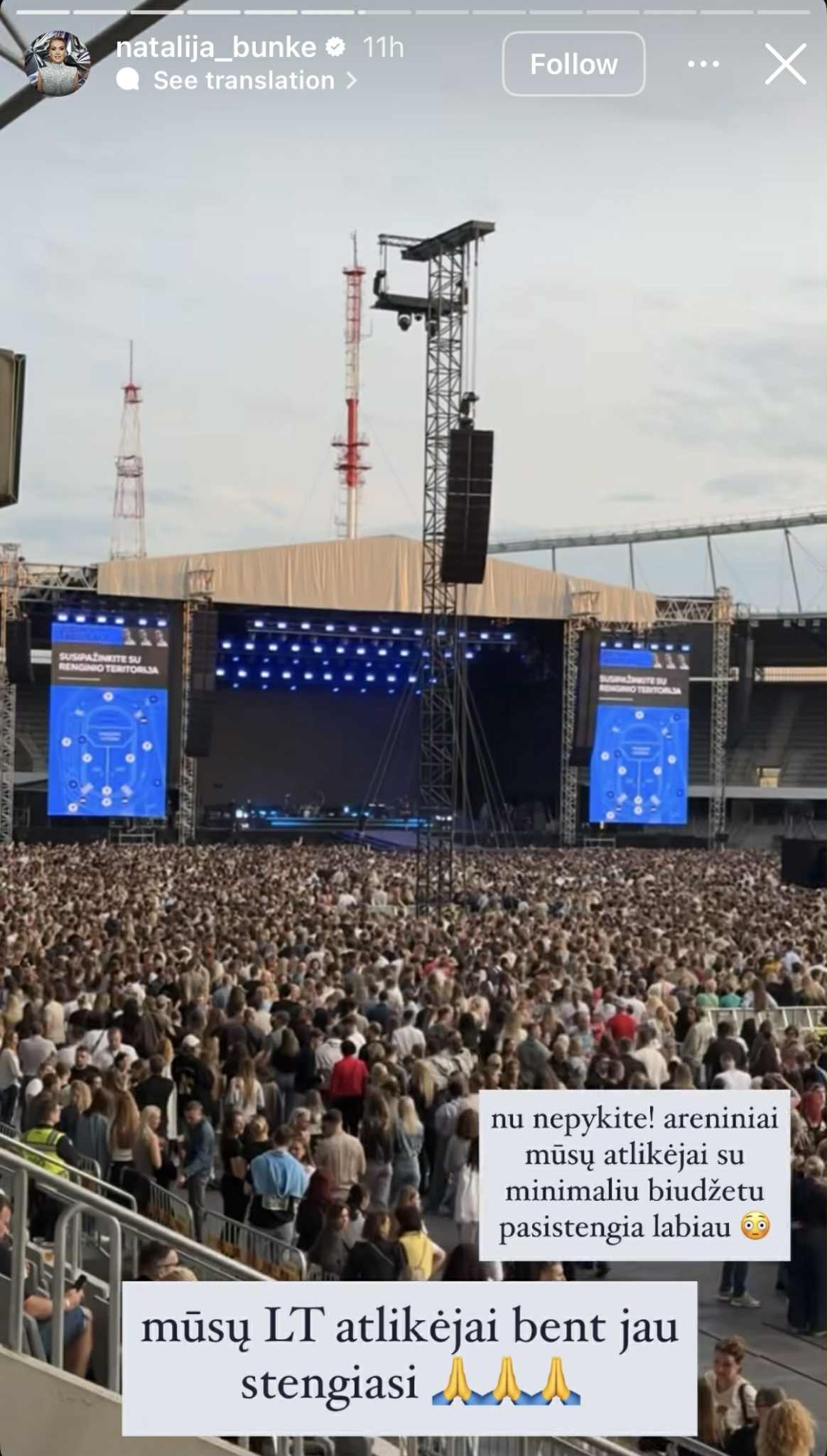Prices for steel products in Russia decreased by mid -February by 0.4-2%

Prices for steel products in Russia decreased by mid -February by 0.4-2% depending on the type and can fall by at least 3-5%. The dynamics is affected by weak demand in the domestic market and in other countries with high power loading. Only the prices for reinforcement are rising, but this is most likely a short -term factor: traders can fill out warehouses, hoping for the active season of individual suburban construction.
By mid -February, prices for the main types of final products made of steel in the domestic market decreased. As follows from the materials of Metals & Mining Intelligence (MMI), slavelers, hot rolled rental, galvanized rental, rental with polymer coating, pipes and metizes, 0.4–2% month for a month by a month.
The dynamics confirms the fears of the industry about the risks of the formation of the surplus of steel products in the market due to the technical impossibility of significantly reduce the loading of power when weakening demand (See “Kommersant” from February 3). The MMI evaluate the loading of steel -melting capacities on average in the industry at the level of 87%. “In some categories of power products, the volume of consumption is halved. At the same time, prices are already at a low level, ”says Kommersant's interlocutor in the industry.
In the future, the dynamics of prices will depend on the intensification of demand in the Russian Federation and other countries, primarily in the construction sector of China, says Ilya Kolomeyets, director of business development and consulting practice.
In the Russian Federation, it resembles, the number of preferential mortgage programs has been reduced and the key rate remains, which presses in demand, primarily in the construction industry. It is also difficult to count on export growth, the expert notes. According to him, in China, Europe, in the Middle East, the demand remains weak, besides, at the end of 2024, Turkey – the main consumer of Russian steel in the region – introduced additional duties on the import of hot -rolled rental from several countries, including the Russian Federation, to support their own steelmits. Suppliers note that many customers reduced procurement compared to last winter last year, says Boris Krasnozhenov, head of the Alfa Bank Analytical Research Department. And strengthening the ruble (by more than 10% since the beginning of the year) also affects the situation with export, he adds.
Against this background, steel products can become more than 3-5%, predicts the managing director of the NCR rating agency Dmitry Orekhov. A more significant decrease in prices, however, should not be expected against the backdrop of growth in production cost, adds Ilya Kolomeyets. Kommersant's interlocutor in a large metallurgical company says that Russian manufacturers can transfer part of their growing costs to products by reducing the supply, including through large repairs at steel -meltpaths (See “Kommersant” from February 25).
The only segment of steel rental, in which in February, prices grew in the world and Russian markets is the reinforcement.
According to MMI, in mid -February, the cost of reinforcement in traders warehouses in Moscow increased by 3% of a month by a month, to 56.6 thousand rubles. per ton. On FOB terms, Türkiye for a similar period of prices increased by 1.8%, to $ 565 per ton. As noted in the review, the mood in the market is quite positive. But, indicate in MMI, in the near future the quotes can be stabilized. According to experts, and in this segment it is difficult to say whether the growth of final consumption is going on: according to their estimates, the volumes of reinforcement in the warehouses of traders are growing.
According to MMI, in 2024, 10.7 million tons of reinforcement were produced in the Russian Federation against 10.9 million tons a year earlier. From the point of view of production, reinforcement is a standard product, therefore, the possibilities for increasing production in the Russian Federation are present, as well as free capacities in metallurgists. The need for reinforcement will be determined depending on the action of mortgage programs and plans to enter housing. The reinforcement in the cost of a square meter, according to various estimates, accounts for 1% to 15%.
Dmitry Orekhov expects in the coming months to further increase in reinforcement prices by at least 5%. As the interlocutor of Kommersant notes in the Bank Metallurgical Company, a seasonal revival of demand is predicted through construction in the private sector. But while the monthly dynamics of the construction market does not show an increase in the consumption of reinforcement, another source of Kommersant indicates.

